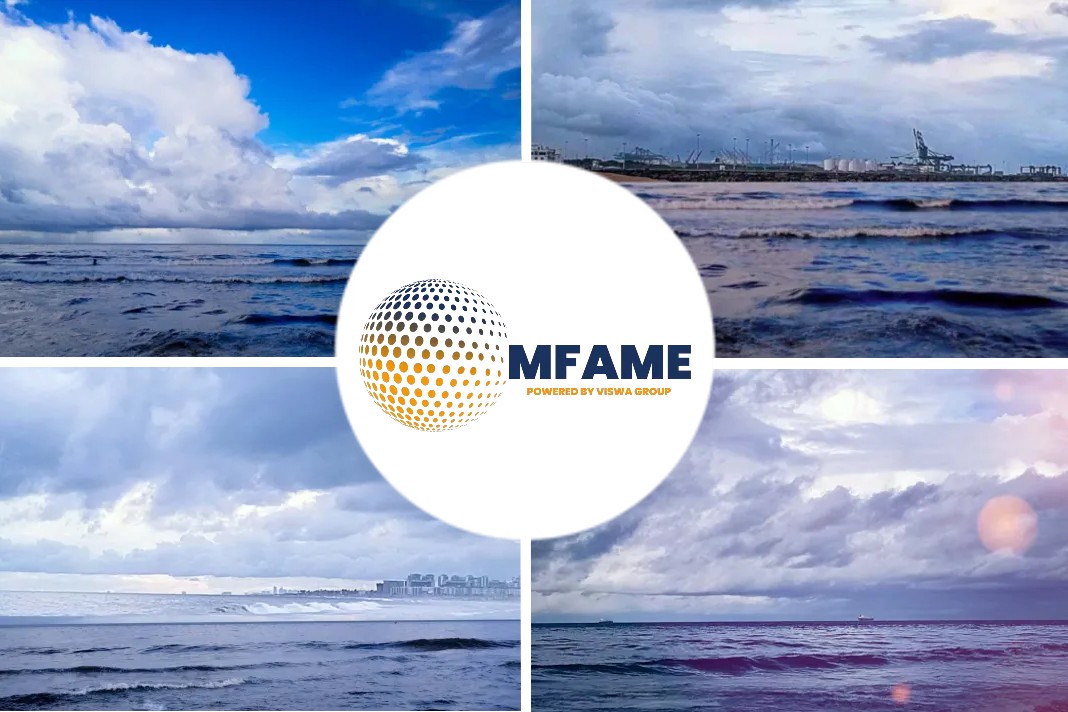
How much will container lines ‘earn’ in 2023? It depends on the metric, intrigues a Freight Waves news article.
Shipping lines like to talk up EBITDA; what matters is net income
Berkshire Hathaway’s Charlie Munger once famously said, “Every time you hear ‘EBITDA,’ just substitute the phrase ‘bullshit earnings.’”
Public shipping companies in different segments highlight different earnings metrics. Tanker and dry bulk owners focus on adjusted net income. Listed container shipping lines often highlight adjusted earnings before interest, taxes, depreciation and amortization.
EBITDA has been criticized for decades — Munger’s quote is from Berkshire Hathaway’s 2003 annual meeting — but it has become an even more problematic metric for container shipping lines due to accounting and industry-specific changes over the past four years.
IFRS 16 followed by COVID boom
The International Financial Reporting Standards implemented Rule 16 (IFRS 16) on lease accounting in January 2019.
Prior to IFRS 16, the amount carriers paid to charter ships was accounted for under operating costs. Since IFRS 16, vessel charters of “right-of-use” assets for durations of one year or more have been accounted for in shipping lines’ income statements under depreciation and interest expenses, mainly depreciation — not under operating costs.
EBITDA takes operating costs into account, but not depreciation. (Depreciation of owned assets is a non-cash item but depreciation of leased right-of-use assets under IFRS 16 is a cash item.)
A year after IFRS 16 came into play, the pandemic ensued. COVID changed consumer buying patterns, sparking a boom in freight rates. That, in turn, led to a surge in demand for chartered vessels, an unprecedented spike in lease rates, and ultimately, a dramatic increase in charter durations.
Nonoperating owners (NOOs), the companies that lease ships to liners, held all the power. Freight rates reached stratospheric heights, and liner companies needed chartered ships to secure the historically high freight income.
By March 2022, the Harpex index, which measures container-ship charter rates, was eight times higher than pre-COVID levels.
Not only were liners forced to pay NOOs historically expensive leasing rates — inflating liner leasing costs — they were also forced to accept longer charter durations, with ships being locked up for five-year terms at the peak.
As a consequence, shipping lines have even more lease payment expenses counted as depreciation and interest on their income statements under IFRS 16. And because of longer charter durations, the accounting effect of higher leasing rates on EBITDA will persist for years.
The problem with EBITDA for container shipping is that it includes the positive cash effect of freight revenue earned by liner companies from their leased ships, but excludes the negative cash effect of charter payments carriers make to NOOs for the vessels that allow them to earn the freight revenue.
EBITDA vs. EBIT
Israeli carrier Zim (NYSE: ZIM) is the most extreme example. Most carriers own roughly half their fleet and charter the rest. Zim charters 94% of its fleet, according to its annual report filed Tuesday.
Not only have Zim’s leasing costs increased due to higher rates charged by NOOs, but it has also significantly increased the number of ships it charters, from 106 qualifying as right-of-use assets at the end of 2021 to 136 at the end of last year.
Another metric, earnings before interest and taxes, shows the effect, as it covers the lease cost effect of long-term charters on depreciation (although not on interest).
Zim’s adjusted EBITDA exceeded its adjusted EBIT by $1.4 billion last year. The carrier’s depreciation jumped 81% in 2022 versus 2021, “primarily due to an increase … related to right-of-use assets, mainly vessels.”
Zim forecasts its adjusted EBITDA for 2023 will be between $1.8 billion and $2.2 billion. In contrast, it estimates adjusted EBIT will be $100 million-$500 million. The difference between the midpoint of these ranges: $1.7 billion.
Did you subscribe to our newsletter?
It’s free! Click here to subscribe!
Source: Freight Waves





















